買器材 » 模組化合成器 » Envelope » WMD MultiMode Envelope
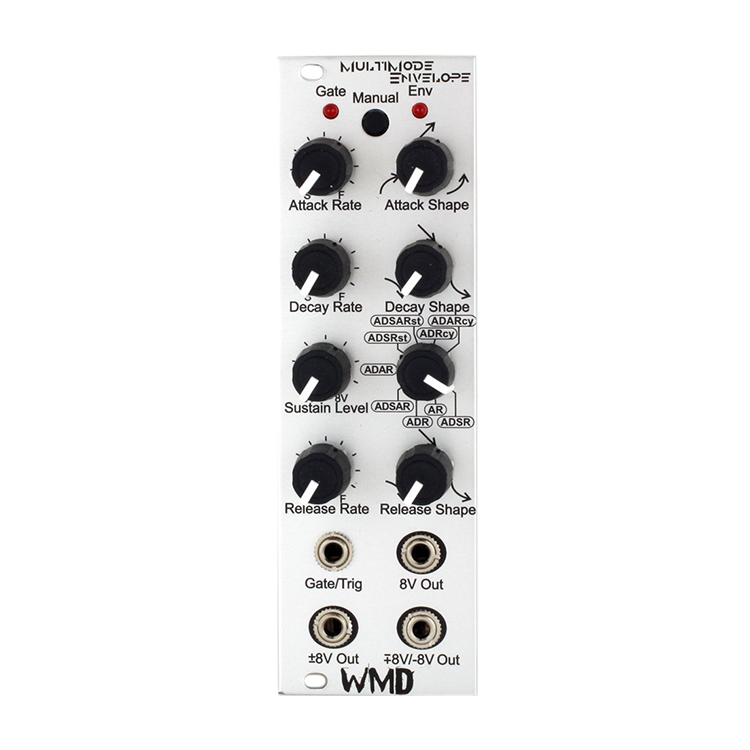
ADSR, Cycle, Logic, and more
The WMD Multimode Envelope is our take on the classic ADSR. It offers expanded controls, multiple logic modes, and voltage control with the expansion module. This is the most powerful envelope ever designed for Eurorack modular synthesizers.
- Computer Controlled Circuitry
- Analog Envelope Generation
- Segment Time: 200µS to 4 minutes
- Variable Segment Shape/Curve
- Doepfer Standard 0-8 Volt Output
- Gate & Envelope Strength LEDs
- Multiple Modes of Operation
- Full Swing Output
- Inverted Full Swing Output
- Manual Gate Button
- 8HP
Theory of Operation
The Multimode Envelope uses an analog integrator core with digital control over positive and negative slopes. This allows for total control over the envelope shape and logic operation. Since the core is analog, the envelope is smooth and stepless, especially important for slow envelopes.
The nature of the core allows for control over its shape through a feedback mechanism, this design also allows for Voltage Control over each segment and for the entire envelope duration.
The 8 HP Multimode Envelope is small and powerful, easy to integrate into any system that needs a powerful envelope generator. Voltage control was left off so that this envelope can be easily fit into an existing eurorack system. Add voltage control if desired with the 6HP expansion module.
The Controls
Attack Rate - Determines the speed of the attack. At its lowest (CCW) setting, the attack will be around four minutes. Fastest (CW) is 200µS.
Attack Shape - This affects the rate of attack as the envelope opens. Continuously variable from logarithmic (starts fast and slows) to linear to exponential (starts slowly and speeds up).
Decay Rate - Determines the speed that the envelope will decay down to the sustain level. This has the same time range as Attack and Release.
Decay Shape - This control determines the shape of the decay until the sustain level.
Sustain Level - This controls the breakpoint for the decay segment. When this level is reached (0 t 8 volts), the Envelope will transition from decaying to the mode determined by the Mode knob.
Mode - This knob controls the operation of the Multimode Envelope. Modes are listed below. Turn the knob to the desired mode.
Release Rate - Determines the speed of the release segment. The release segment is from the sustain level down to 0 volts.
Release Shape - This control determines the shape of the release until the 0 volts is reached.
Gate/Trig - This input starts the envelope. How it is handled is dependent on the active mode. When a gate is present, the Gate LED will be lit.
0-8V Out - This is the normal envelope output, it produces voltage from 0 to 8 volts.
+-8V Out / -+8V Out -These outputs give full swing envelopes of 16 Volts peak to peak. The -+8V Out is inverted.
Manual - This button allows for manual triggering or gating of the envelope.
Modes of Operation
First, a note about gates and triggers. A gate is an on or off signal that has duration. A trigger is an on or off signal whose duration is ignored.
When the gate turns on, the envelope will run through the specified segments until the gate is released. If the gate goes off at any time, the envelope will immediately jump to the release segment. Gate modes have the ability to sustain, and are applicable to ADSR and ADSAR.
Trigger modes will cause the envelope to run its course every time it is triggered, from start to finish, regardless of the trigger's length. Trigger modes include AR, ADR, and ADAR.
ADSR - This is the classic East Coast Synthesis envelope shape. Upon a Gate input (key down), the envelope opens, then closes to the sustain level. When the gate is off (key up), the envelope releases to ground. To use as an ASR envelope, turn the Sustain fully CW and Decay will be ignored.
AR - This is the classic West Coast envelope shape. Upon a trigger input, the envelope opens with the Attack control, peaks, and then falls with the release control. It is triggered instead of gated and will not sustain.
ADR - The ADR is a trigger mode that will not sustain. Instead, at the sustain point, Decay transitions instantly to Release, allowing you to change shapes or speeds in the middle of the falling action.
ADSAR - This gate mode attacks, decays and sustains like a normal ADSR. After the gate is released (key up), the envelope will attack again and then release. This gives you an accent on key up.
ADAR - This trigger mode attacks, then decays until reaching the sustain level, then attacks again and releases.
ADSRst - ADSR Step Through mode runs one segment at a time as triggered. This mode causes sustain after each segment runs. After attack, it will sustain at 8 volts. After decay it will hold at the sustain level. After release, the cycle is finished and 0 volts will be output. Each segment must be complete before another trigger is recognized. This mode requires three triggers per cycle.
ADSARst - This is similar to ADSRst, but with a second attack after the decay. This mode requires four triggers per cycle.
ADRcy - This mode will cycle automatically after release is compete. It can be an AR cycling envelope by setting the sustain level to maximum. Decay will transition to Release at the sustain point. A trigger or gate will reset to the attack segment.
ADARcy - This self cycling mode works just like ADRcy, but will attack again from the sustain point after the decay segment. A trigger or gate will reset to the attack segment.
Specs:
- Power: +12V = 49mA; -12V = 27mA
- Size: 8HP
- Depth: 28 mm
- Every WMD product is warranted for 12 months after purchase, but please contact us if you ever have problems. We will take care of you.



使用評論:
購物須知 Q&A
Q1 . 何謂鑑賞期?
依消費者保護法之規定,網路購物享有商品到貨日起算七天猶豫期。必須提醒您,「 猶豫期並非試用期 」,鑑賞期目的為提供您檢視、參考,並非提供您商品的試用,若您收到商品經檢視後有任何不合意之處,請勿拆封使用,並立即依照退貨規定辦理退貨。商品退換貨必須是完整包裝,且勿缺漏各項配件及贈品,或自行拆損原廠包裝與外盒。若有任何遺失、損毀或是缺件,可能會引響到您的退換貨權益,也可能依照損毀狀況扣除復原之相關費用。
Q2 . 如何辦理退換貨?
若您確定要辦理退貨,請務必保持商品全新完整包裝,且勿損毀原廠外盒。包含商品本體、配件、保證書、原廠包裝、附隨說明文件等,均須包含在內,勿缺漏任何一項。若有其他可歸責您的原因,造成商品損毀,將無法辦理退貨,或須將損壞費用於退款中扣抵。但商品如有新品瑕疵問題,則不在此限,享有無條件退換貨服務。
請於鑑賞期內來電或來信,詳細告知我們欲退換貨之原因、商品現況、電話,及取件的地址,我們將於 3 - 5 個工作天內安拍退貨事宜。
Q3 . 如何收到退款、需要多少時間?
依不同付款方式,退款方式與時間也不同,說明如下:
信用卡付款:帶我們收到退貨商品後約 5 至 7 個工作天,款項將會退至您信用卡帳戶。請依信用卡結帳日判斷,刷退款項可能列於本月或次月帳單,退款進程請向信用卡發卡銀行確認。
匯款:請聯絡 service [at] digilog.tw 並提供您的完整匯款資料(銀行、分行名稱、銀行代號、戶名、帳號),我們將派快遞公司前去取回您的退換貨商品,並於 5 至 7 個工作天,將款項匯還至您所指定的帳戶。
Q4 . 商品維修的運費需要自行負擔嗎?
商品維修的往返運費須自行負擔。
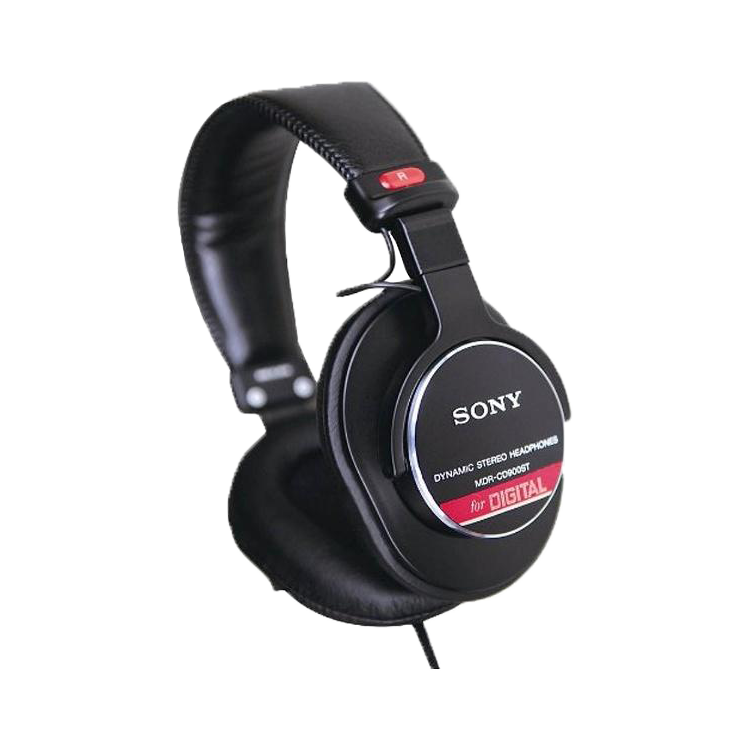

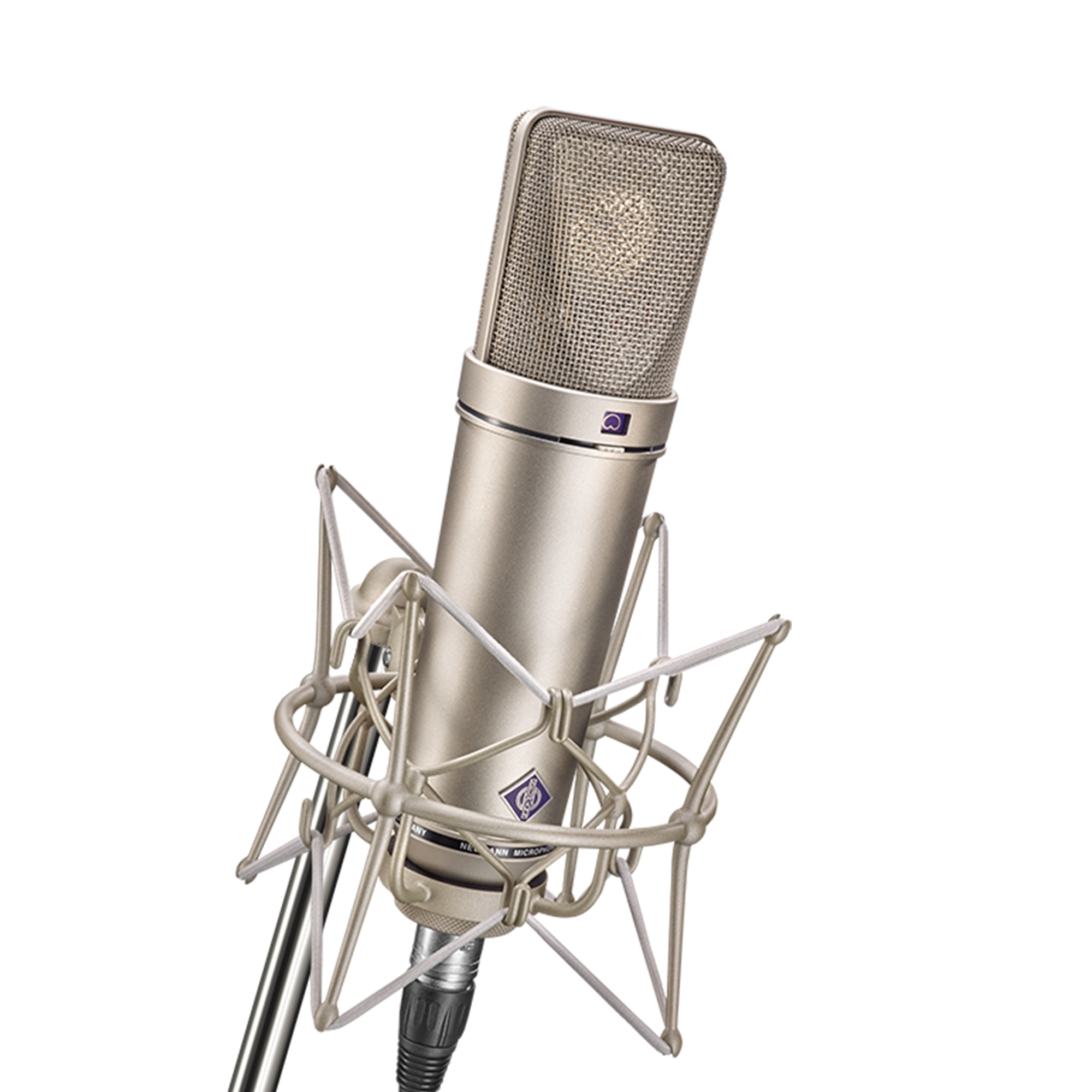
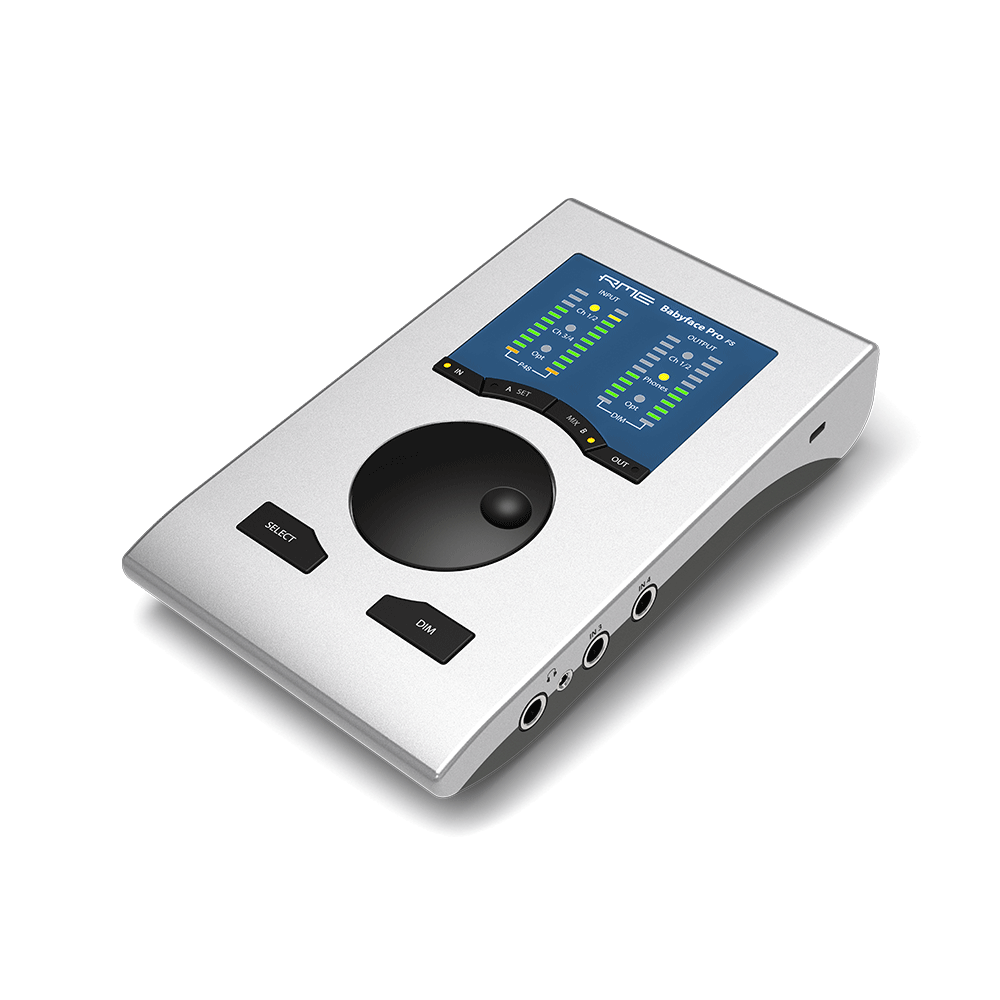
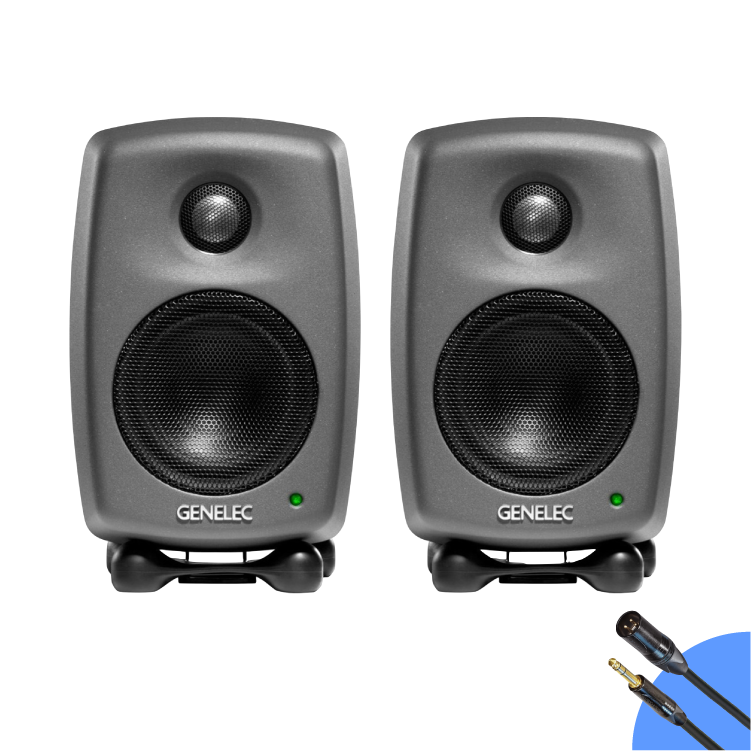
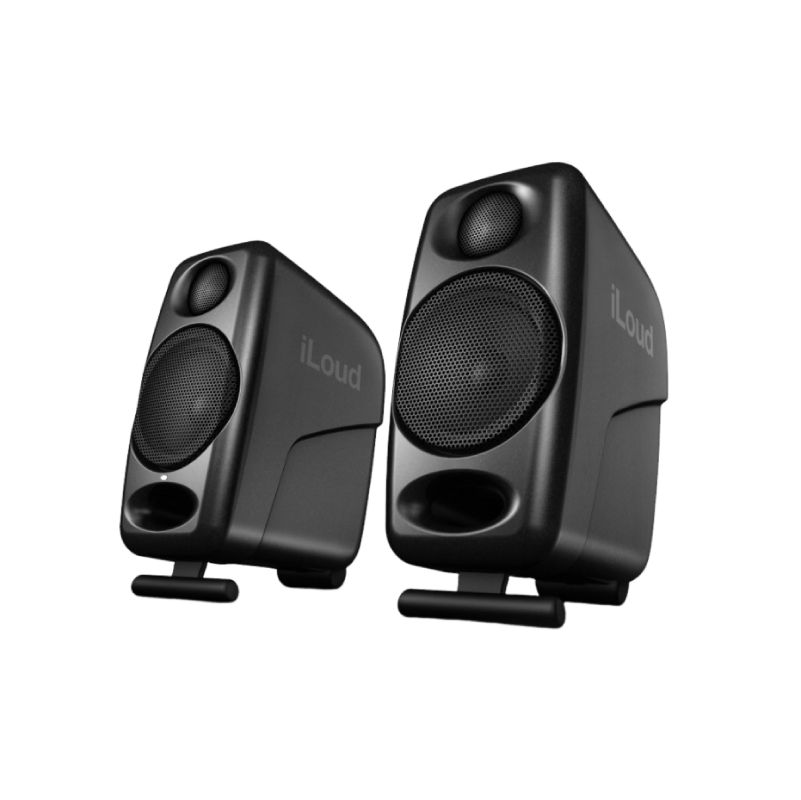
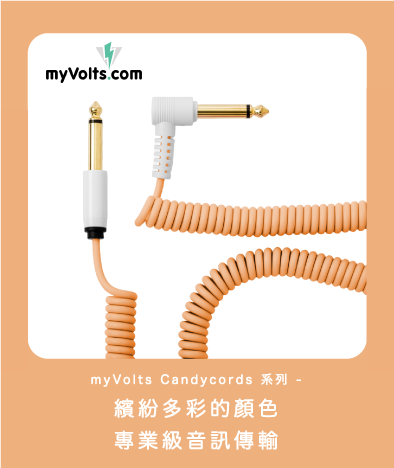
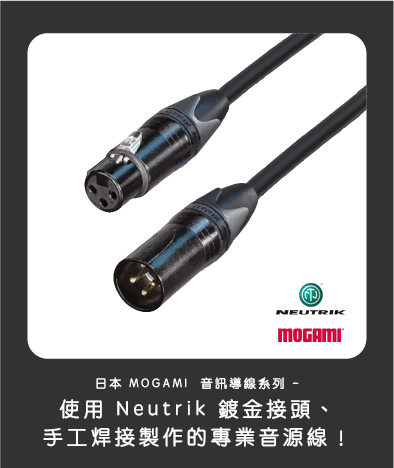

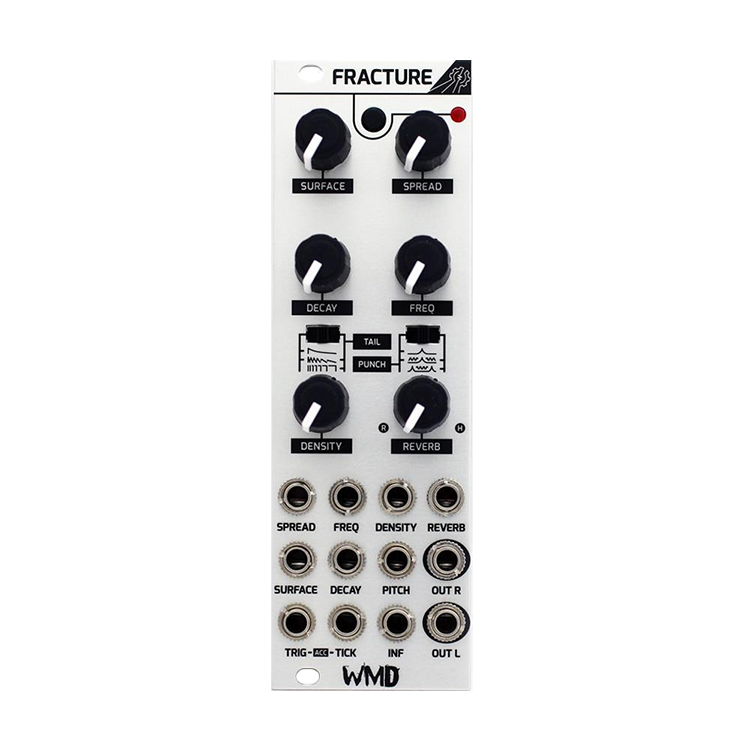
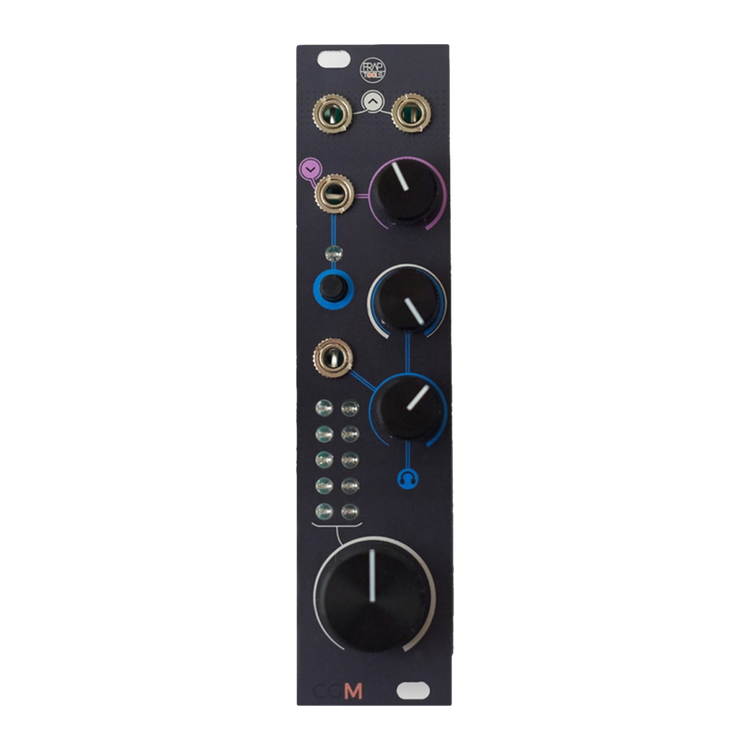
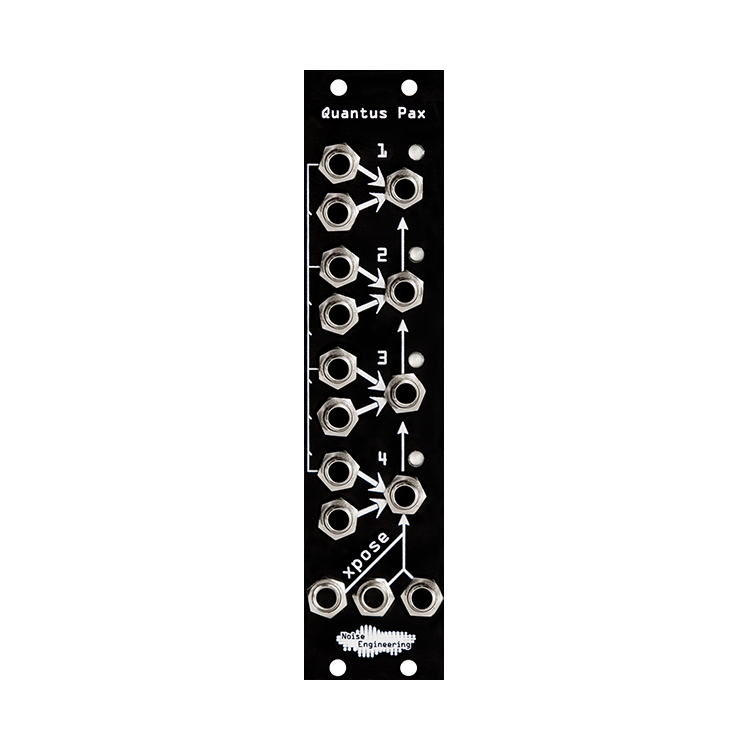
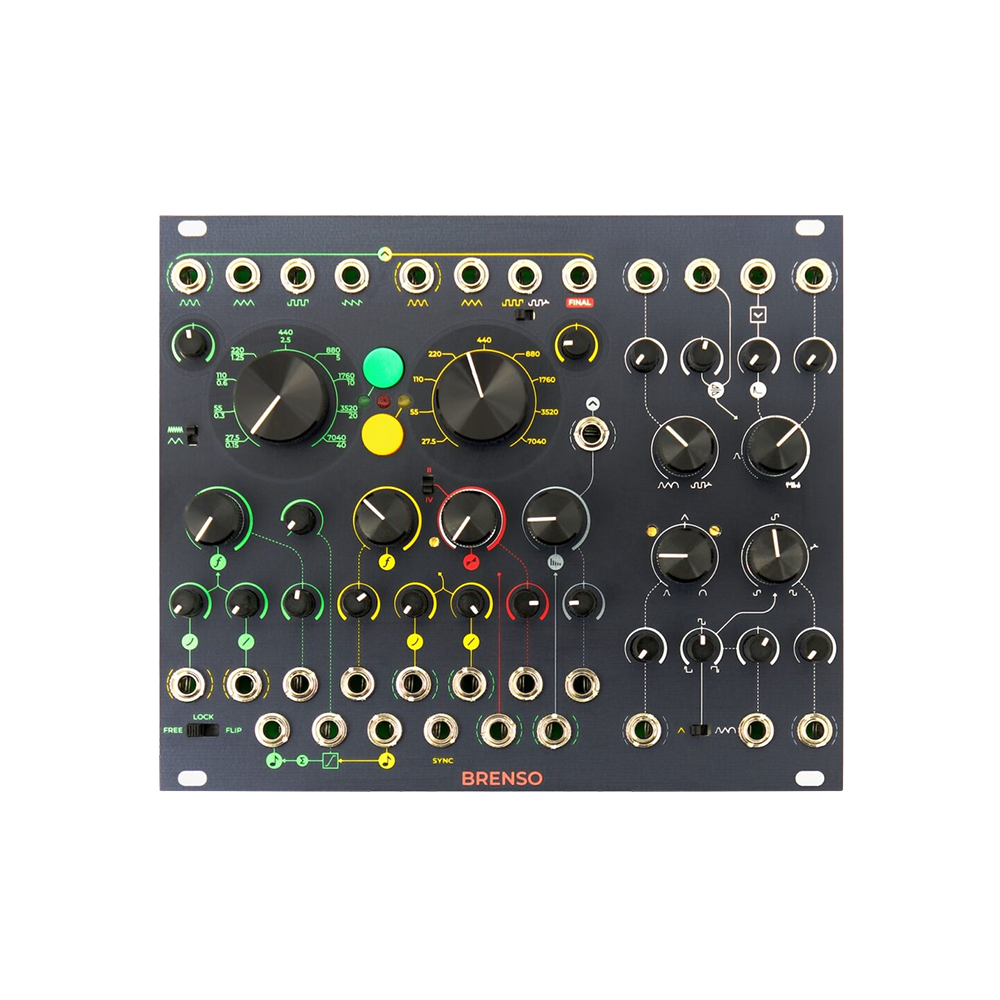
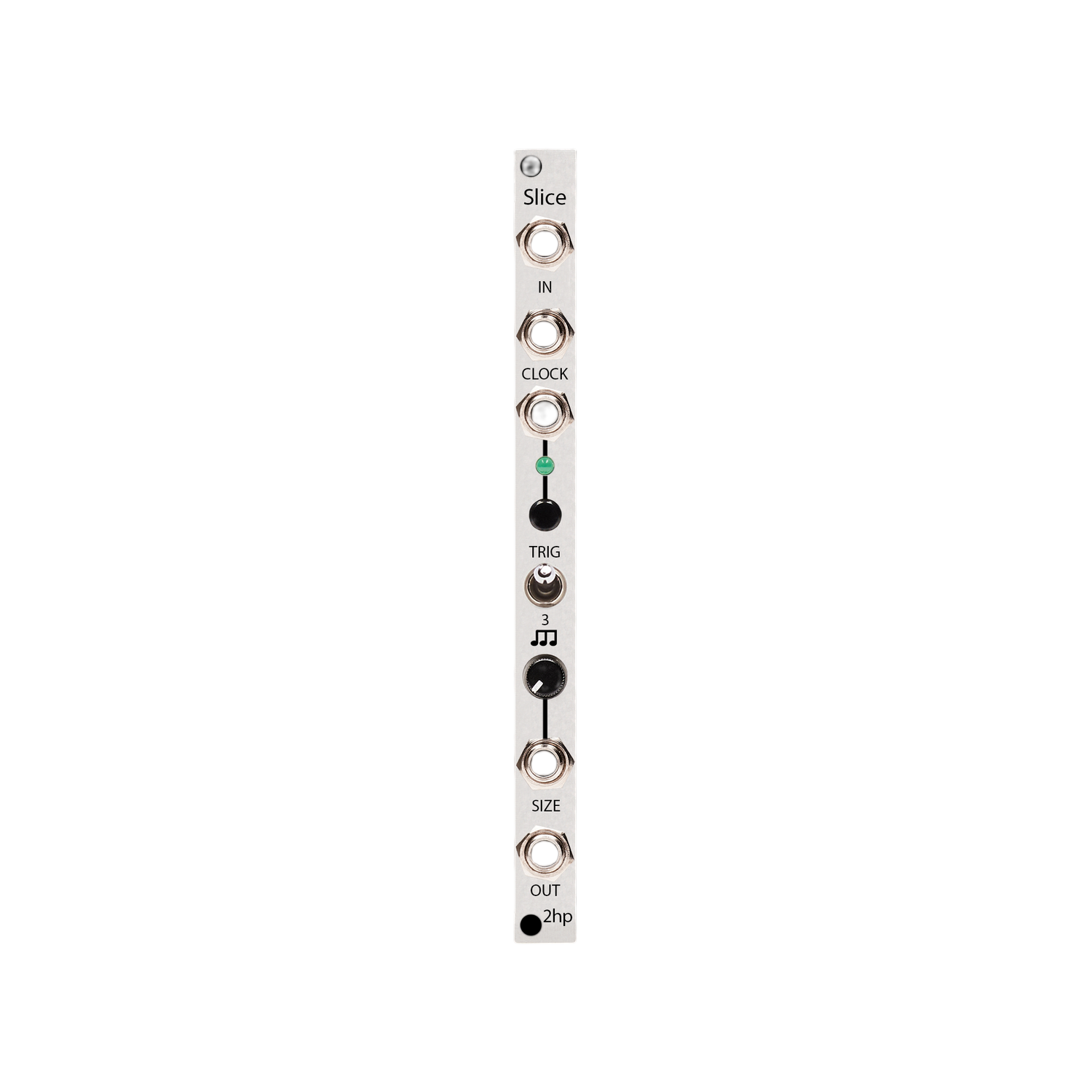

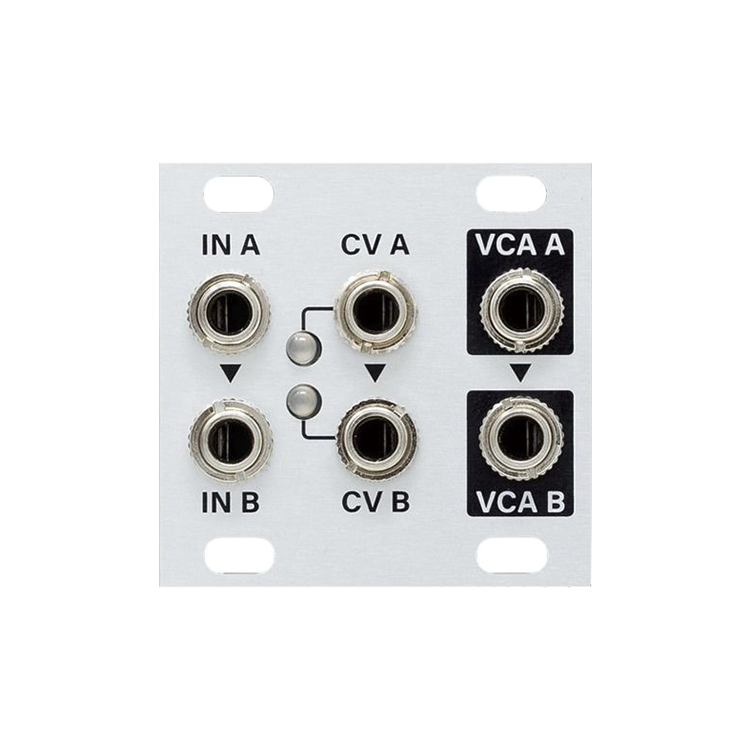
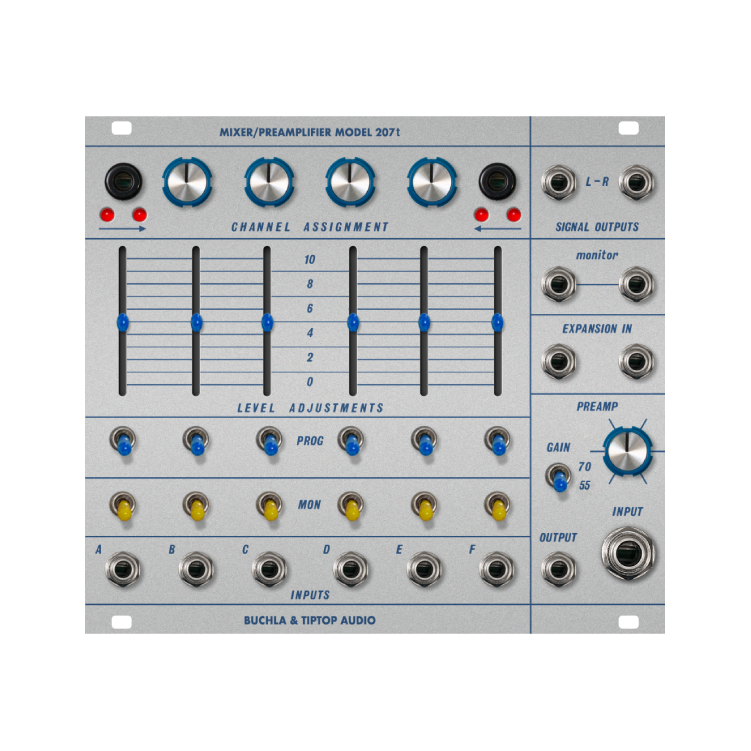
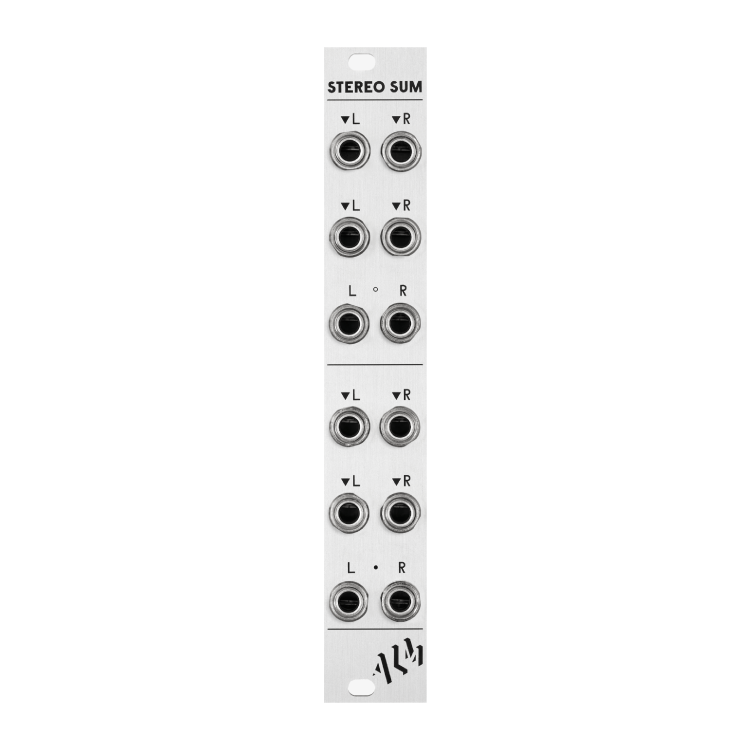
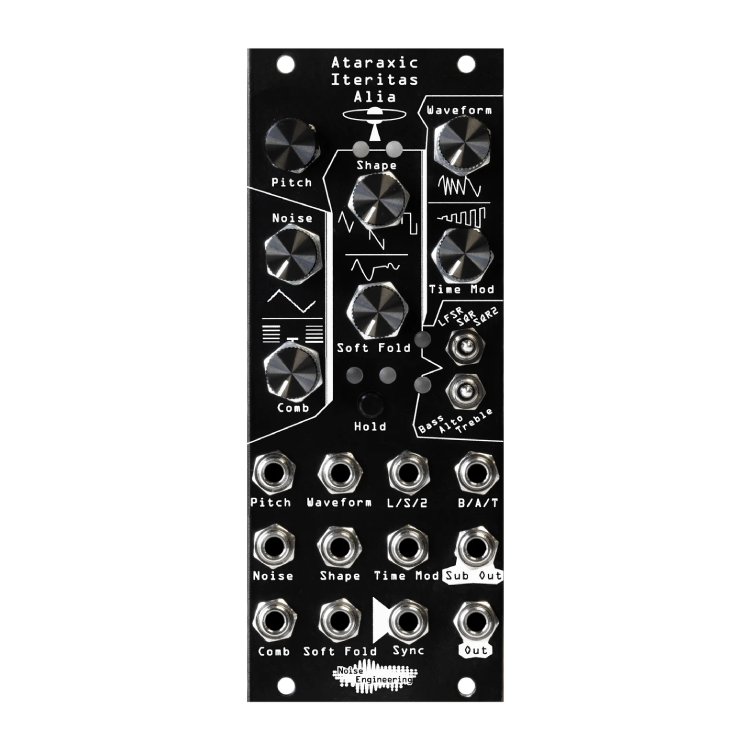

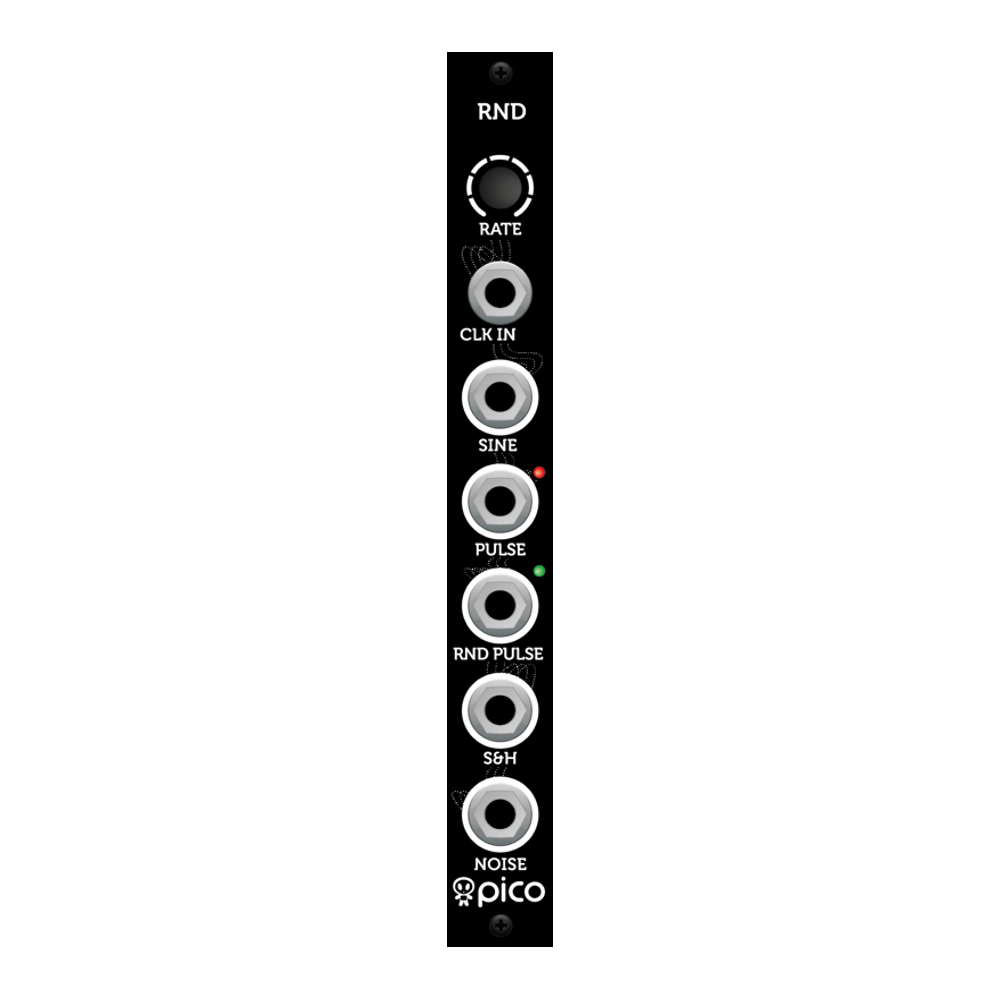
目前尚無評論